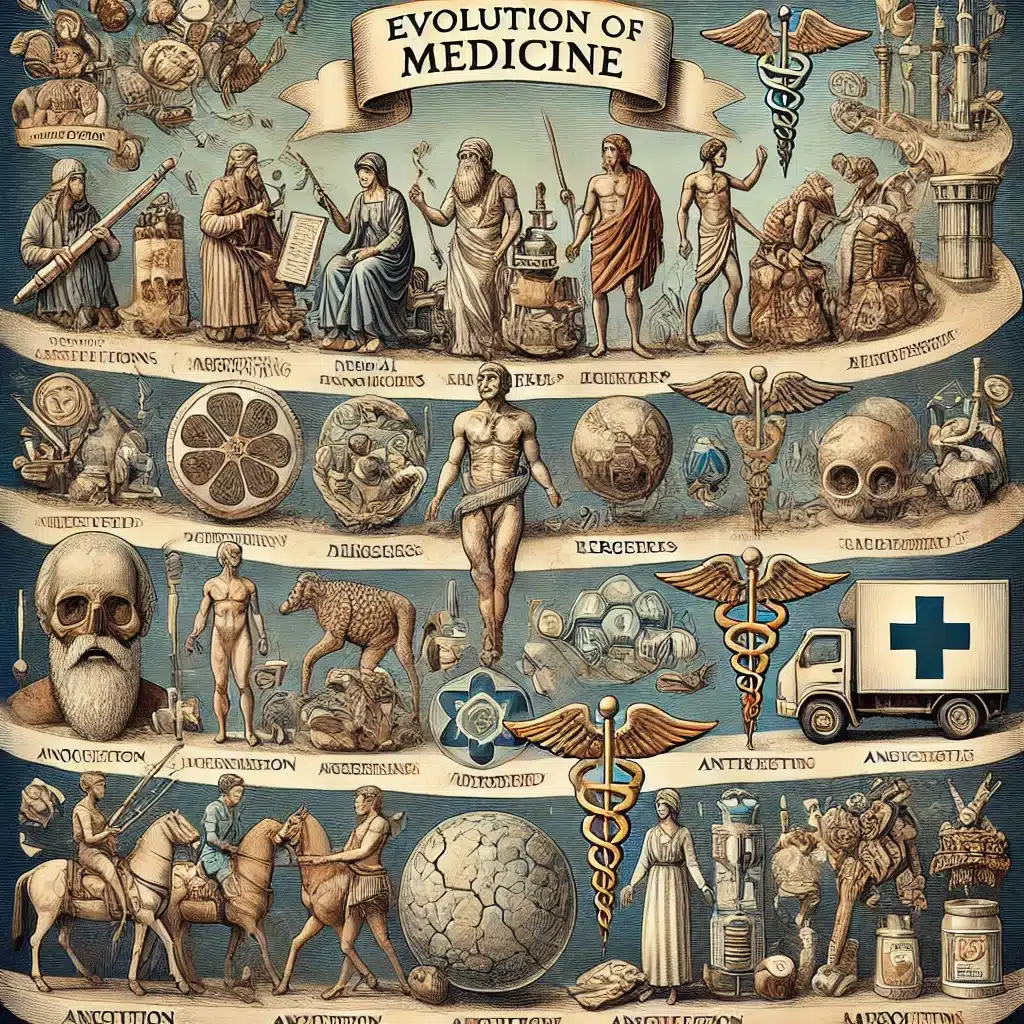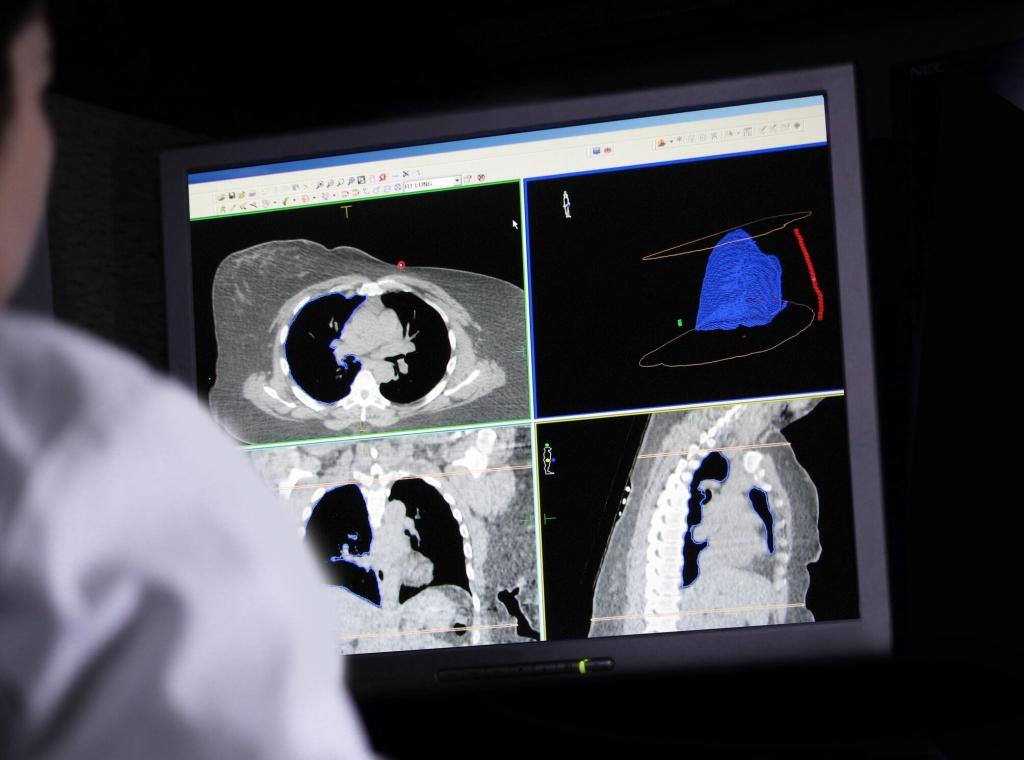The shoulder is one of the most mobile joints in the human body, allowing us to lift, throw, and reach with ease. However, this mobility comes at a cost: the shoulder is prone to injuries, especially to the rotator cuff, which is a group of muscles and tendons that stabilise the joint.
When these tissues are damaged, rotator cuff repair surgery may become necessary to restore function and alleviate pain. In this guide, let’s explore what you need to know about rotator cuff injuries, the surgical process, recovery, and what to expect moving forward.
When Is Rotator Cuff Repair Surgery Necessary?
Not all rotator cuff injuries require surgery. Minor tears or inflammation (tendonitis) can often be managed with conservative treatments, such as rest, physical therapy, anti-inflammatory medications, or corticosteroid injections. However, surgery may be recommended if:
- The tear is large or complete, impairing shoulder function
- Symptoms persist for six months or more despite non-surgical treatments
- The injury is acute and caused by a traumatic event, particularly in younger, active individuals
- The patient’s lifestyle demands a high level of shoulder function, such as athletes or manual labourers
To determine if surgery is necessary, your doctor will likely order imaging tests, such as an MRI or ultrasound, to assess the extent of the damage. Consulting with an experienced orthopaedic specialist, such as an expert rotator cuff repair surgeon, can provide clarity on the best course of action tailored to your specific condition.
Types of Rotator Cuff Repair Surgery
Advancements in medical technology have made rotator cuff repair surgery less invasive and more effective than ever before. The type of procedure recommended depends on the size, location, and severity of the tear, as well as the patient’s overall health and activity level. The three main surgical approaches are:
- Arthroscopic repair: This minimally invasive technique is the most common. The surgeon makes small incisions and uses a tiny camera (arthroscope) and specialised instruments to repair the torn tendon. Arthroscopy offers shorter recovery times, less scarring, and reduced risk of complications compared to open surgery.
- Mini-open repair: A hybrid approach, this involves a smaller incision (3 to 5 cm) than traditional open surgery, combined with arthroscopic techniques. It’s often used for larger or more complex tears that require direct access to the tendon.
- Open repair: Reserved for extensive tears or cases where other structures (like the biceps tendon) need repair, open surgery involves a larger incision to directly access the rotator cuff. While effective, it requires a longer recovery period.
Preparing for Surgery
Before surgery, your medical team will provide detailed instructions to ensure you’re physically and mentally ready. Here are some steps to expect:
- Medical evaluation: Your surgeon may order blood tests, an EKG, or other assessments to confirm you’re healthy enough for surgery.
- Medication review: Inform your doctor about all medications and supplements you’re taking, as some (like blood thinners) may need to be paused.
- Lifestyle adjustments: Stop smoking, as it can impair healing, and maintain a balanced diet to support recovery.
- Home preparation: Arrange for help with daily tasks post-surgery, as you’ll likely need to limit shoulder use for several weeks. Stock up on essentials and set up a comfortable recovery space. You’ll also meet with your surgical team to discuss anaesthesia options (general or regional) and what to expect on the day of the procedure.
The Surgical Procedure
Rotator cuff repair surgery is typically performed as an outpatient procedure, allowing you to go home on the same day. The surgery typically lasts one to two hours, depending on the complexity of the tear. Here’s a general overview of what happens:
- Anaesthesia: You’ll receive either general anaesthesia (putting you to sleep) or a regional nerve block to numb the shoulder area, often combined with sedation.
- Tendon repair: The surgeon reattaches the torn tendon to the bone using sutures and small anchors. In some cases, damaged tissue may be removed, or additional repairs (like labrum or biceps tendon) may be performed.
- Closure: Incisions are closed with stitches or surgical tape, and a sterile dressing is applied.
After surgery, you’ll spend time in a recovery room where medical staff monitor your vital signs before discharging you with a sling to immobilise your shoulder.
Recovery and Rehabilitation
Here’s what to expect:
Immediate Post-Surgery (0 to 6 Weeks)
Your shoulder will be immobilised in a sling to protect the repair. Gentle, passive range-of-motion exercises may begin under a physical therapist’s guidance to prevent stiffness. Pain and swelling are common, but they can be managed with prescribed medications and the application of ice.
Early Rehabilitation (6 to 12 Weeks)
As healing progresses, you’ll transition to active exercises to restore strength and mobility. Physical therapy is crucial during this phase to prevent scar tissue formation and enhance function.
Strengthening Phase (3 to 6 Months)
More intensive exercises focus on rebuilding muscle strength and endurance. You may gradually return to light activities, but heavy lifting or overhead motions are typically restricted.
Full Recovery (6 to 12 Months)
Most patients regain near-normal shoulder function within a year; however, athletes or those with physically demanding jobs may require additional time to return to peak performance.
Adhering to your physical therapy plan and avoiding premature strain on the shoulder are essential for a successful recovery. Regular follow-ups with your surgeon will monitor progress and address any concerns.
Disclaimer
This article is intended for informational purposes only and should not be considered medical advice. While every effort has been made to ensure accuracy, Open Medscience does not guarantee the completeness or reliability of the information provided. Always consult with a qualified healthcare professional before making decisions about medical treatment, including rotator cuff repair surgery. Individual cases vary, and only a healthcare provider can offer advice tailored to your specific circumstances. Open Medscience is not responsible for any outcomes resulting from the use of this information.




